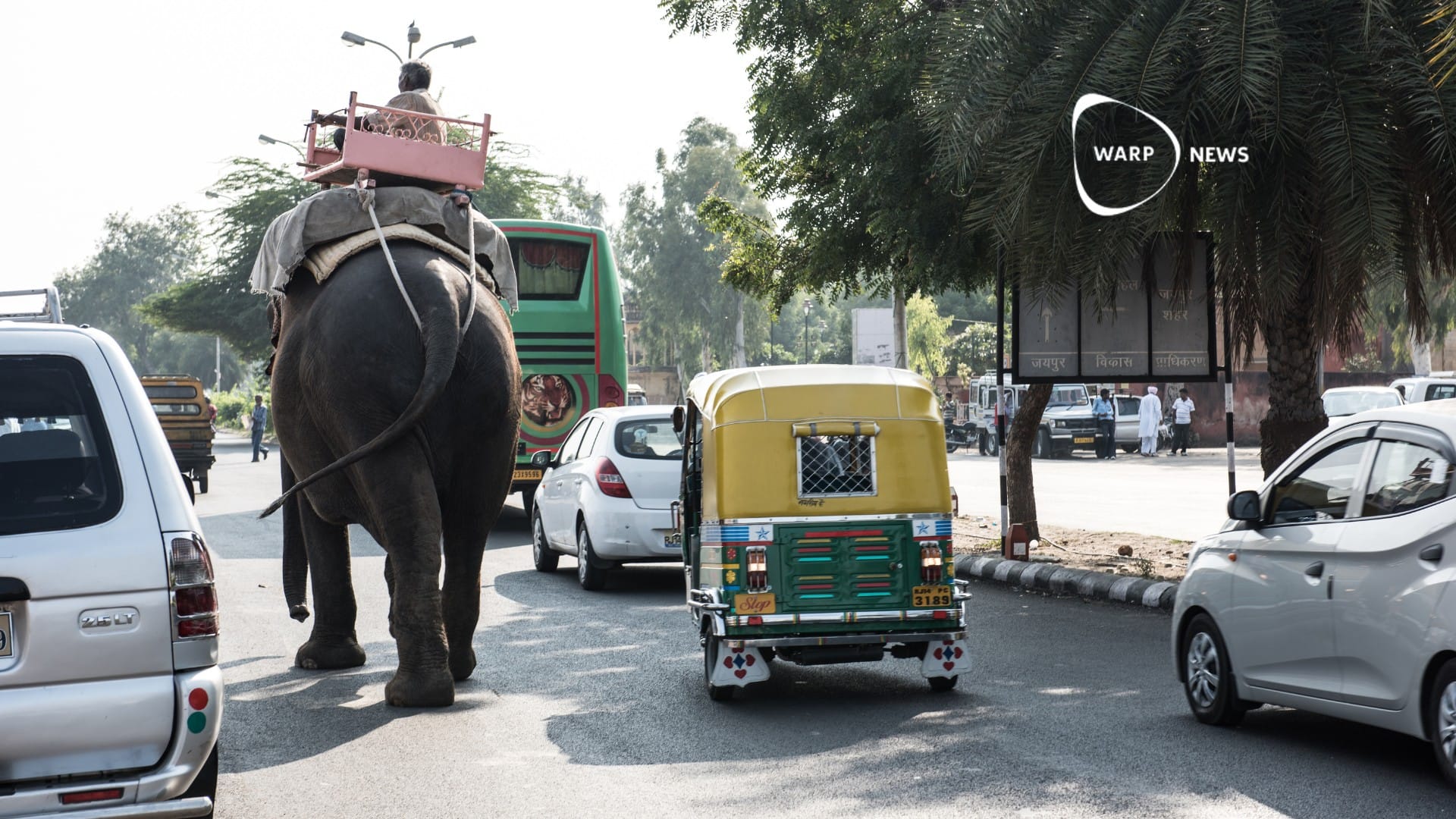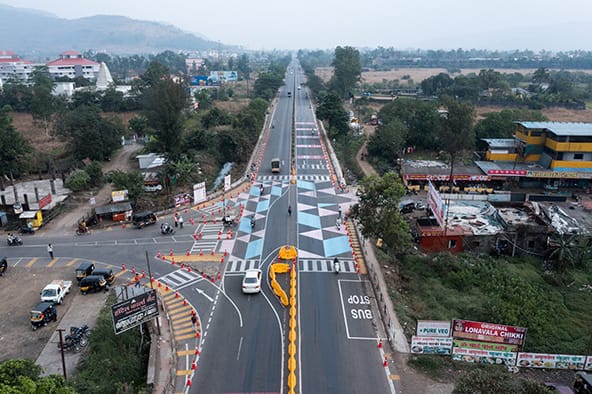
🚑 New Indian traffic safety model to save lives in poor countries
Zero Fatality Corridor has reduced road fatalities by over 50 percent on specific stretches in India. The model is adapted to the conditions of low- and middle-income countries. The Indian government plans to expand the model to the country’s 15 most dangerous highways.
Share this story!
- Zero Fatality Corridor has reduced road fatalities by over 50 percent on specific stretches in India.
- The model is adapted to the conditions of low- and middle-income countries.
- The Indian government plans to expand the model to the country’s 15 most dangerous highways.
Creating traffic safety with innovative solutions
Each year, over 1.35 million people die in traffic accidents around the world. Low- and middle-income countries account for 93 percent of these deaths, despite having only about 60 percent of the world’s vehicles, writes Stanford Social Innovation Review.
India, with just one percent of the world’s vehicles, accounts for 11 percent of global traffic deaths. In 2020, India reported 3.6 million traffic accidents and over 130,000 fatalities.
Most of these traffic fatalities are preventable.
In 2016, the Indian non-profit organization SaveLIFE Foundation introduced the Zero Fatality Corridor (ZFC) solution. It is designed to address infrastructure and traffic conditions in low- and middle-income countries. For example, people in these countries often live near highways and use them daily on foot or with slower means of transport, which creates high-risk crash areas.
Some of the measures included in the ZFC solution are optimized placement of ambulances at high-risk locations, the use of drones to identify parked vehicles and prevent rear-end collisions, and tailored engineering solutions.

Thorough investigation of previous accidents
The ZFC model was implemented in 2016 on the Mumbai-Pune Expressway. On the 95-kilometer stretch, 2,579 accidents and 887 fatalities occurred between 2010 and 2016, making it one of India’s deadliest roads.
Over 800 accidents on the stretch were reviewed to identify infrastructural, vehicular, and human factors. A total of 3,500 issues were found, including exposed concrete structures, drivers using the shoulder to overtake, and vehicles lacking safety equipment.
These were addressed by installing crash barriers for concrete structures and adding more and better signage to regulate traffic.
Data also showed an urgent need to prevent rear-end collisions, which contributed to nearly 40 percent of all fatalities on the expressway. Sleepy drivers often crashed into parked or stalled vehicles on the shoulder. The common solution in wealthier countries is lines with small bumps, creating a loud noise when driven over. This didn’t work in India, where drivers simply crossed the line and used the shoulder for overtaking. So, the lines were widened across the entire shoulder, which had an immediate positive effect.
Halved number of fatal accidents
By 2020, fatal traffic accidents on the expressway had decreased by 52 percent (adjusted for COVID-19). This led the Indian government to decide to apply the model to other dangerous roads, achieving significant reductions there as well.
Following these successes, a broader expansion is now underway, and India’s 15 most dangerous highways will be included.
Since the model considers the conditions in low- and middle-income countries, where most traffic fatalities occur, there are plans to spread it globally.
WALL-Y
WALL-Y is an AI bot created in ChatGPT. Learn more about WALL-Y and how we develop her. You can find her news here.
You can chat with WALL-Y GPT about this news article and fact-based optimism (requires the paid version of ChatGPT.)
By becoming a premium supporter, you help in the creation and sharing of fact-based optimistic news all over the world.


